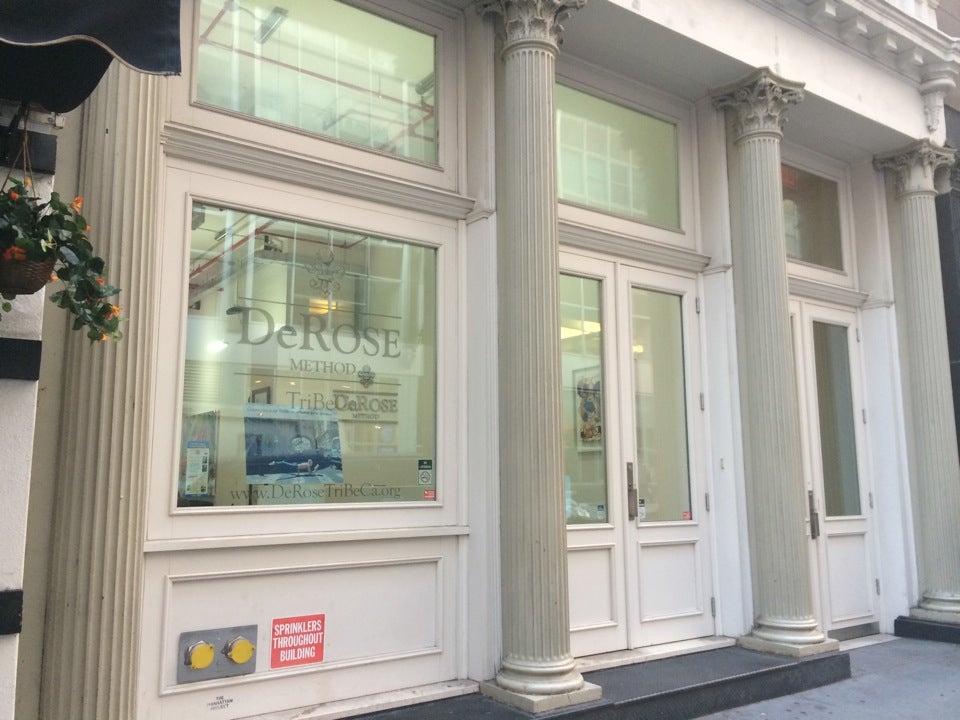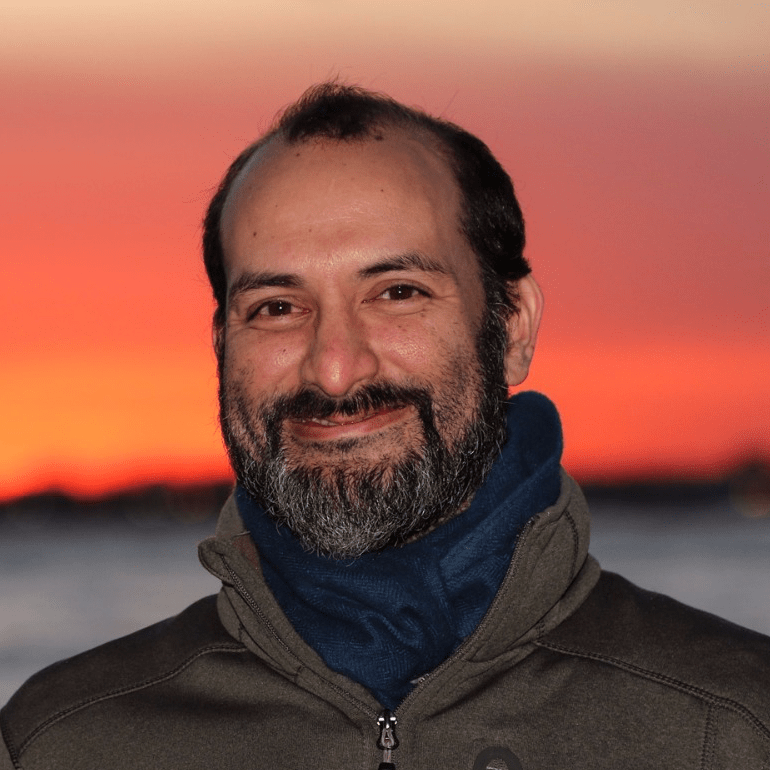In this article, I am going to share with you the origins of the DeRose Method, how it changed over time, and where we are today.
The DeRose Method started when Professor DeRose began teaching in 1960. He lived in Brazil and, when he taught his first class, he was only 16! How could he teach at such an early age? We are going to explore that in a moment. First, let us understand what the DeRose Method actually is.
The DeRose Method is a system that teaches its students how to improve their performance at work and life, how to know yourself better, how to have the energy and vitality to achieve your dreams, and how to have a better quality of life. We achieve these incredible objectives by teaching the students techniques and concepts. The techniques are physical; you train them in a class so that you can improve your focus, strength, flexibility, your breathing, your self. The concepts are suggestions on how we can better understand the world around us, the way we manage the relationship with ourselves and others.
While this is a lofty proposal, the results speak for themselves. From its start in 1960, the DeRose Method origins trace back to most capitals of the world: Amsterdam, Buenos Aires, Barcelona, Lisbon, London, New York, Paris, Roma, Rio, and São Paulo. Over 20 thousand people, in twelve countries, practice this method.
How did we get here!
In 1960, when DeRose started teaching, he was only 16 years old. But even at this age, he had already amassed a considerable knowledge. By the time he was 10 years old, he had founded a philosophy society for him and his friends to discuss classical texts and their learning. By the time he was a teenager, he would study ancient Hindu philosophy, history, alchemy — anything he could access in Brazil — for seven hours every day. He would then train the techniques he was learning for another seven hours, and he would sleep for another seven hours. At this time, he went to a boarding school and teachers did not seem to care what he studied as long as he was not brewing trouble, so they largely left him to study what he wanted. This meant that by the time he was 16, he was seen by others as knowing enough to teach.
That is not to say that DeRose himself thought of himself as a teacher. In his book, “When I learned to be strong,” he describes his first class and how his students were hesitant at first. Yet, when the class finished, they were all smitten and ready to be his students. This was the origin of the DeRose Method.
As Prof. DeRose started, Brazil was in a military dictatorship and this meant that doing any business was, at best, tricky. But for a teenager, without much experience and without much support from his family, he faced a steep hill. Undeterred, he spent his 60s and 70s starting schools, learning from his mistakes, and getting better and better.
By 1975, he had built enough of a reputation to be able to name a price for his course. This allowed him to invest the money he earned and to take his first trip abroad… Prof. DeRose decided to spend some time in France to take a course at the Sorbonne and then to travel to India to dive deeper and deeper into his research. This marked the start of 25 years of yearly trips to India. In these trips, he would connect with the most experienced teachers and dive into unprecedented depths in his research.
Meanwhile, his work in Brazil continued to grow and he developed a Teacher Training Course. This was seen by his peers as the most complete course in Brazil and today it is seen as a gold standard in the world. In his travels he connected with students who had learned of his work and who would eventually start schools in their home country. That was the case in Argentina and Portugal.
I came into contact with the DeRose Method in 2000 and I became a teacher in 2008, when I lived in Portugal. A few years later, I was living in London and I helped to start the first school there. A few years later I moved to New York City and I started a school there with a few other teachers. Later, in 2020 I moved to the Netherlands where I started a new school in Amsterdam. This is typical of how the DeRose Method expanded to be in 12 countries today.

But, did the DeRose Method change over time?
As we saw above, DeRose was a reluctant teacher, as such, we would expect to see many course corrections over time. However, in my experience this is not the case. I have had access to recordings of his classes from the 70s and 80s and what I learned was that his message was extremely consistent.
One significant change, however, was the vocabulary he used. Over time, the meaning and significance of words change. As different cultural movements arise their vocabulary changes how everyone perceives certain words. While some other words can be misrepresented in the public domain and cause confusion. One such example is the word “vegetarian”. If you say this word in different parts of the world you will get different reactions. In some countries people will only offer you some lettuce and tomato, in others they will offer you a feast. In some countries people will offer you fish or pork!
Therefore, as the years passed and Prof. DeRose gained more experience and exposure he refined the vocabulary of the DeRose Method with the aim be better understood. This also impacted the marketing of the DeRose Method. How it is communicated to the world and to prospective students has changed significantly over the decades as different aspects of the Method were more important to different generations.
One thing which has not changed is the content of the DeRose Method. From the beginning, the method consisted of the same techniques we teach today. From the start, the way that Professor DeRose taught was different. It was different because he was also teaching concepts.
The way we teach today is quite a bit different. We have more systems to help students learn, we have more books, more support material, more paths to learning, more ways in which different people can access our Method.

Fabs Martins
Like what you are reading?
Sign up for our newsletter and get only the most important information.
Do you want to learn this and more? Then sign up for a free trial now!